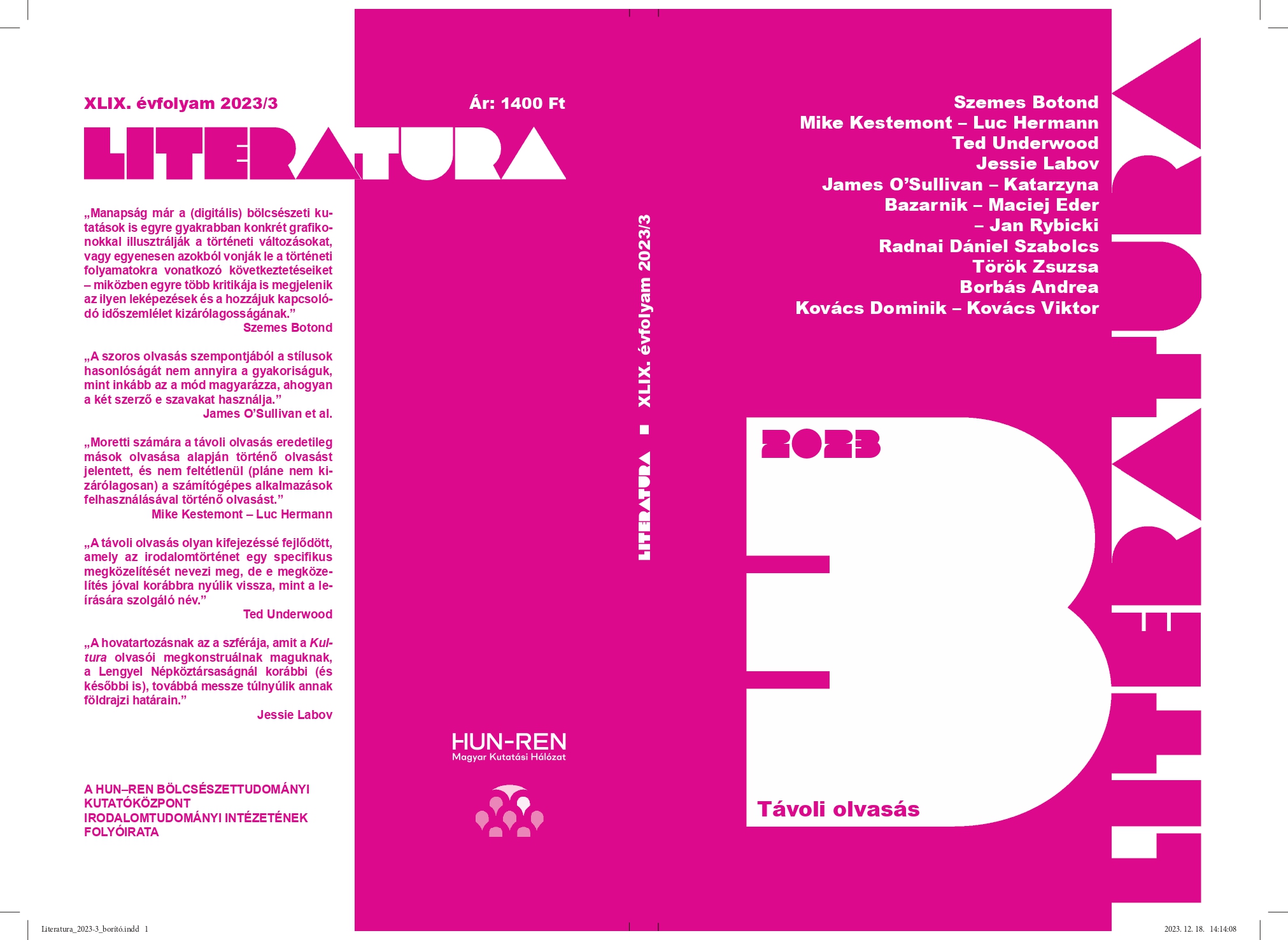The Rise of the Timeline
On the Cultural History of Time Series Graphs
Abstract
The thematic block in the 2022/2 issue of Literatura explored different concepts of historicity, with a strong emphasis on multitemporality. If we focus on this, we also “break with the usual normative approach and perception of history. This change of perspective can be confirmed by the fact that the interpretation of temporality in the context of power relations, historicity, sometimes also contradicts the rigorous requirement of ‘development’ and linear temporality that is associated with modernism.” (Gábor Gyáni) This paper, however, takes a step back and traces the emergence and modifications of this usual view of temporality. It assumes that a historical-critical examination of visual representations of temporal processes can provide a new perspective on modernity’s conceptions of time, history and stories in general. To this end, it attempts to outline the cultural history of time series graphs. The stakes of the enterprise are heightened by the fact that these graphs are also considered to be the most prevalent in contemporary works in data science and digital humanities, with a major impact on the way we think about change over time. While starting from the graphs themselves, rather than from the history of ideas, it is also possible – alongside the ‘realness’ of media history – to see the connections between discourses that have traditionally been treated separately.



